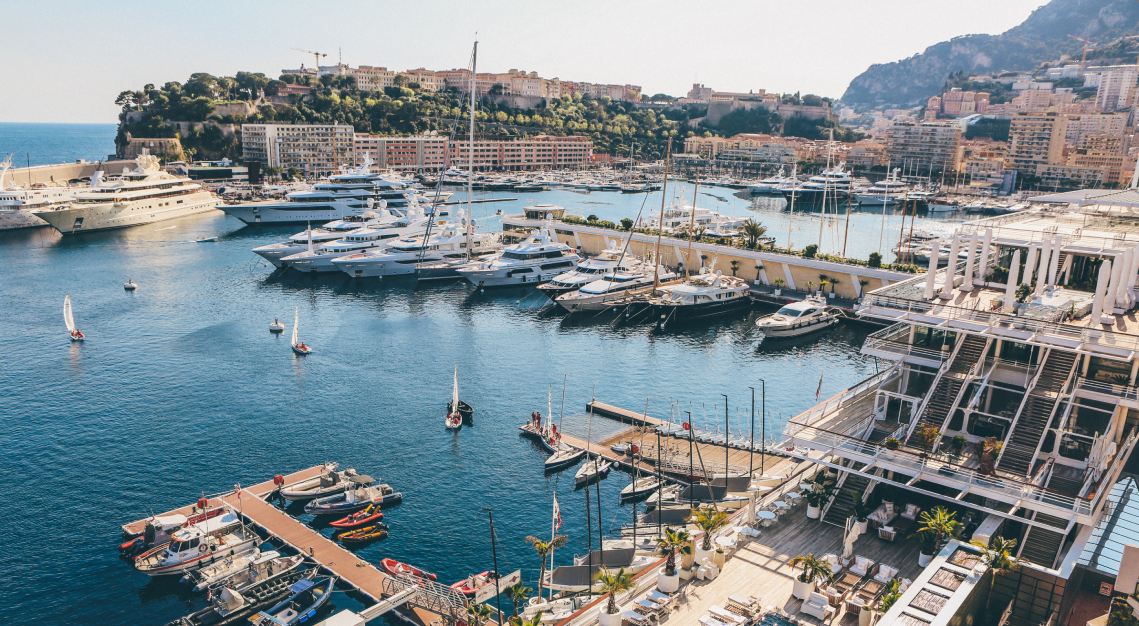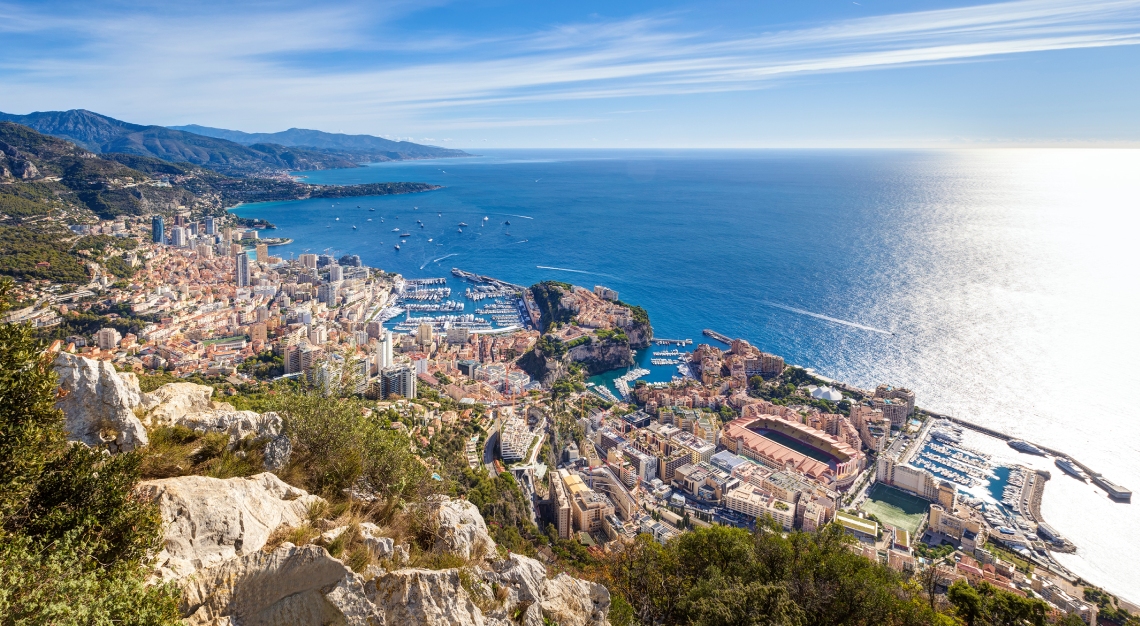If you know where to look, you’d enjoy a Monaco experience that’s beyond the glitz of Monte Carlo and the glamour of Formula 1
Editor’s note: See other Escape Plan stories here.
It’s very easy to be distracted, or even blinded, by the bright lights of Monaco. Nowhere in the principality does it shine brighter than in Monte Carlo, thanks to the scintillating jewels of Hotel de Paris, Hotel Hermitage, the Casino de Monte-Carlo, the Opéra de Monte-Carlo, and the Yacht Club. The world’s eyes fixate upon Monaco for at least a weekend every year too, with the Formula 1 Monaco Grand Prix and its gathering of superstar fans and superyachts. And let’s not forget the fabled love story of Prince Rainier III and Hollywood star Grace Kelly, which might be the closest we’ve ever come to a real-life fairy tale.
However, there’s a lot more to the second smallest country in the world, if you make the effort to walk—or hop on a city bus ride—to the other three quarters in Monaco. After you’ve spent a day or two, as well as a small fortune, savouring the wonders of Monte Carlo, you should also explore Monaco-Ville, Condamine and Fontvieille. It’s where and how you’ll peel back the glittering layers and then discover Monaco’s culture and history grounded in the arts and sciences, and a country that’s going all out to pursue digital innovation and sustainable development.
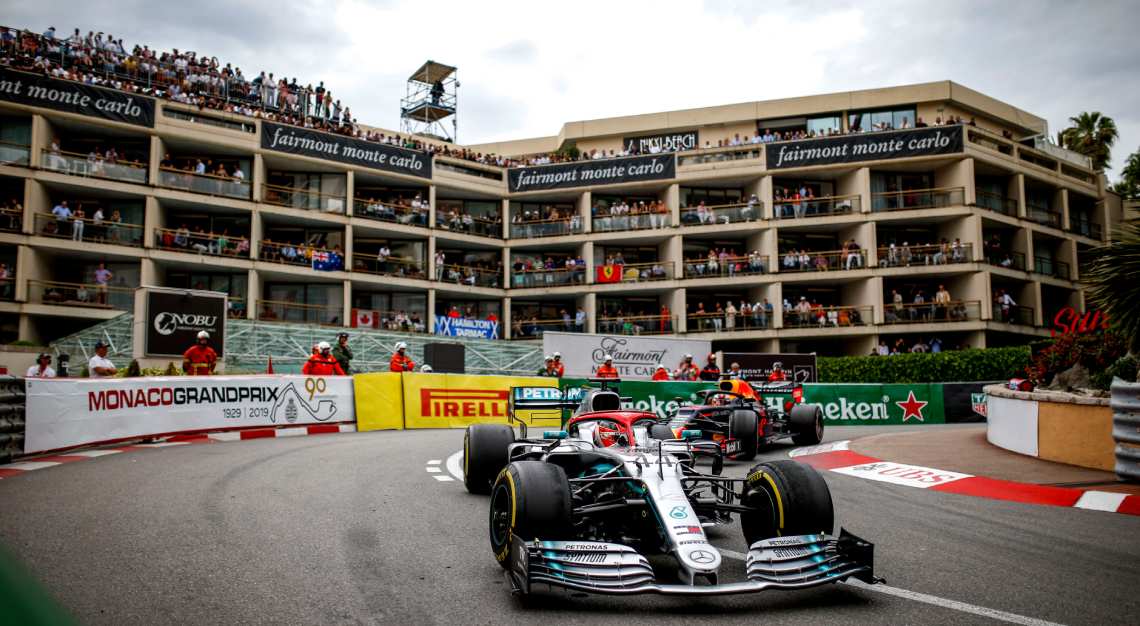
Cultural splendor
“Monaco may seem like a big city or even a big country, but a lot of times I feel like I’m just living in a neighbourhood,” Marcos Marin tells Robb Report, as we walk through the Princess Grace Rose Garden in Fontvieille.
The Brazilian artist has been living in Monaco since 2009 but has been working there and creating art since the early 2000s. Marin brings us to Fontvieille, the newest quarter of the four, as our first stop to illustrate a point—and it’s hard not to see it as we casually stroll around. The apartments and buildings here are heavily influenced by art deco and art nouveau, while there are art installations and sculptures at almost every corner.
“Monaco is an open-air art museum,” Marin says. “All public spaces, paths, parks and even open roofs are often used for art. The royal family desires for the art collections to be on display in public.” Marin himself has a very special place in the hearts of Monaco’s royal family, as he was commissioned to create portraits of Prince Rainier III and Princess Grace in his unique style of optical art. You could go on a scavenger hunt across Monaco, tracking down his sculptures and works whether they’re in Monte Carlo’s Yacht Club or Fontvieille’s Rose Garden—and you won’t be charged a Euro.
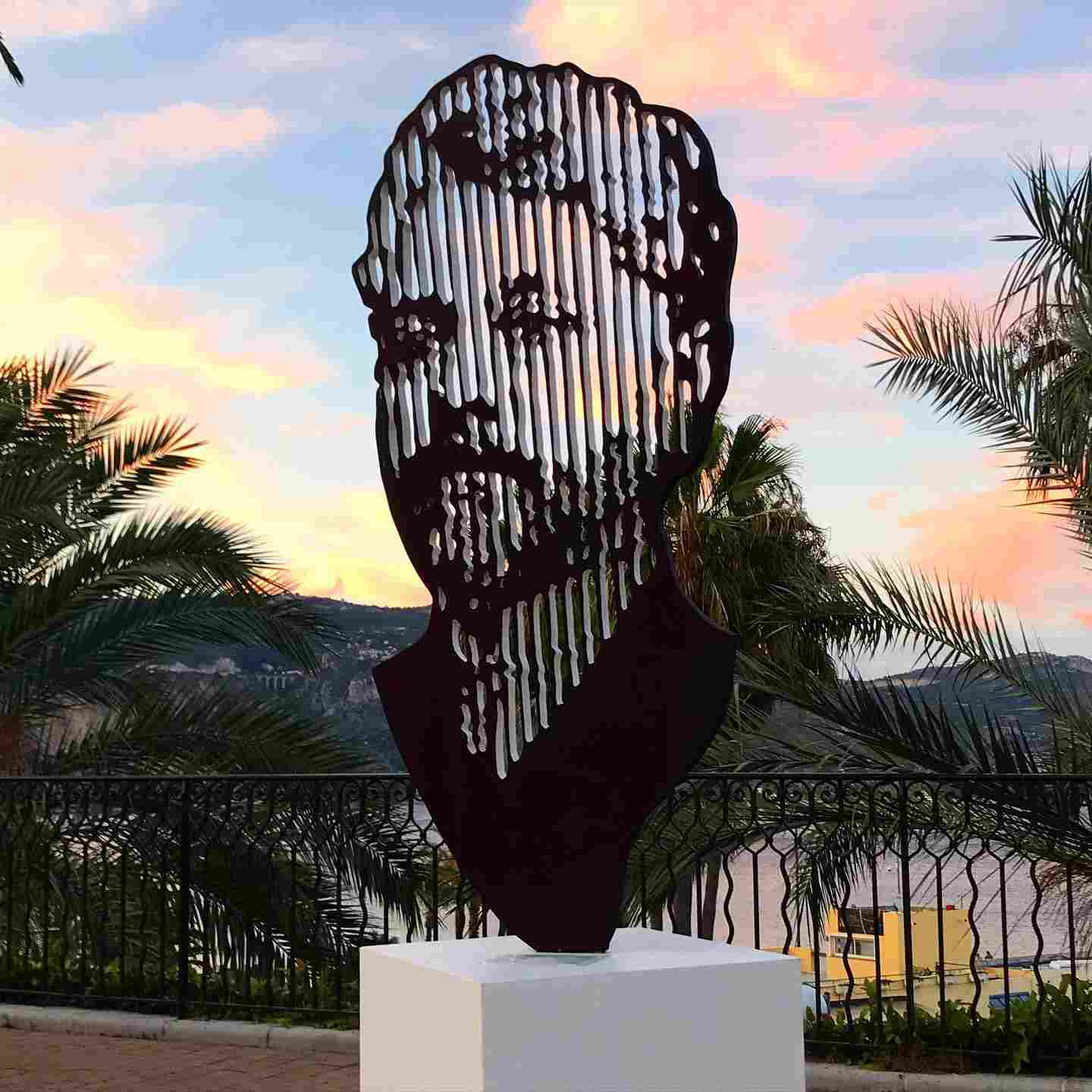
Located right in front of the Rose Garden is the Columbus Hotel, the best place to stay if you’d like to experience Monaco like a Monégasque. Featuring 181 rooms, including 29 suites, the boutique hotel was opened by Formula 1 driver David Coulthard in 2001 to go in the literal and opposite direction of Monte Carlo—simplicity.
Now owned by Groupe Bertout and having undergone a complete renovation in 2018, the Columbus is also a stone’s throw away from Chapiteau of Monaco, which hosts the annual Monte-Carlo Circus Festival, and the Heliport—which provides helicopter connections to Nice Côte d’Azur Airport. You can eat sustainably made Mediterranean cuisine at its Tavolo restaurant too, which earned a “Committed Restaurant” label by the government thanks to its efforts in combating food waste as well as using local and seasonal ingredients.
Yes, it’s true, there are in fact locally sourced ingredients in Monaco. After all, it has the Mediterranean Sea from which to catch and serve the best seafood. To try some of the freshest, head to La Pêcherie U Luvassu, located right by the harbour. Its minimalist setting and open-air seats may be in stark contrast to the Foster + Partners-designed Yacht Club next door, but its seafood platters are the definition of ‘catch-to-table’. Monégasque fishermen bring in the haul daily, and it is divided between its wholesale clients and restaurant customers.

One of the best places to try local cuisine and Monaco’s national dish—the Barbagiuan—is at A Roca in La Condamine Market. Resembling a ravioli, but fried and filled with spinach, meat and cheese, a Barbagiuan is comfort food at its best. A Roca also serves other traditional Monaco fare, including Pissaladière rouge (onion pie with tomato sauce) and Tourte aux blettes (Swiss chard pie), as well as desserts such as Mini fougasse Monégasque (biscuits with anise seeds and sugared almonds) and Tourte aux blettes sucrée (the sweet version of the Swiss chard pie, made with rum and dried grapes).
Opened in 1880, La Condamine Market is where locals come to buy their groceries, and gather with friends to dine on Monégasque or international cuisine for breakfast or lunch. Sitting on a bench by the market, with a cone from Santo Gelato in hand, on a warm, sunny day … you’d be forgiven for thinking you’re in a quaint village in the middle of France and not one of the most glamorous countries on Earth.
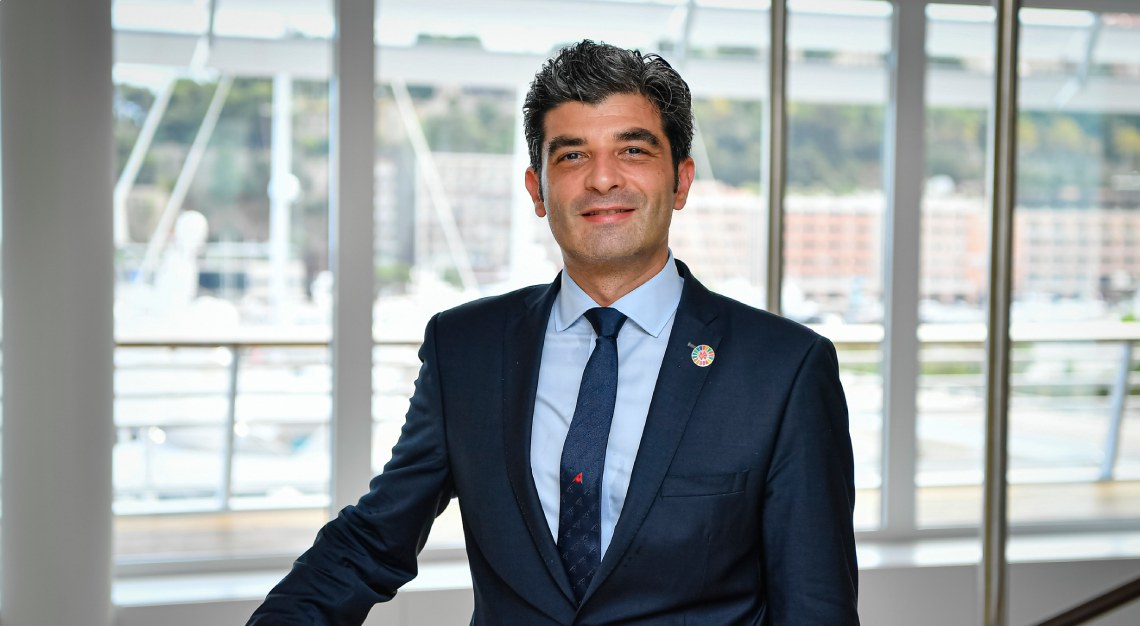
Serving public interests
“Science is everywhere in Monaco. It has always been present in the Prince Family,” says Olivier Wenden, vice president and CEO, The Prince Albert II of Monaco Foundation. “For instance, the Oceanographic Museum, which was founded by the royal family, was designed to be a palace for science since the turn of the 20th century.”
The museum, located in Monaco-Ville, is also one of Monaco’s top tourist attractions—thanks in no small part to its cliffside location. Featuring aquariums, archival documents, fossils and more than 6,000 specimens, this veritable ‘Temple of the Sea’ is a 6,500 sqm testament to Prince Albert I’s lifelong passion for oceanography and his 28 scientific campaigns to the Azores, the Arctic and into the Mediterranean.



This legacy continues till today, with The Prince Albert II of Monaco Foundation and its annual Awards for Planetary Health. Since 2008, the foundation has been recognising individuals and, more recently, companies whose work and efforts in the fields of water, climate and biodiversity have offered innovative solutions towards preserving our fragile planet.
At a gala ceremony last November held at the Opera House , Prince Albert II presented awards to Dr. Agnes Kalibata, for her work in ensuring Africa’s food security sustainable and agricultural growth; Professor Dame Jane Francis, who is involved with international polar organisations such as the British Antarctic Survey, the Antarctic Treaty and the European Polar Council; and Dr Ido Sella, on behalf of ECOncrete Tech, which has developed marinelife-friendly, sustainable concrete for coastlines.
“The foundation and His Highness (Prince Albert II) are doers. We put all our efforts into doing things. These awards are to move things, to promote solutions and to make change happen,” Wenden explains. “If the Planetary Awards are widely recognised as an international award, why not? But we’re not seeking that. There are also a lot of other prestigious awards around the world, but we’re not seeking competition. We’re not working for the buzz. We’re working for and seeking results and impact.”
Wenden and the Prince Albert II of Monaco Foundation aren’t the only ones charged with the mandate of serving Monaco and bringing Monégasques forward. The Extended Monaco programme, led by Frédéric Genta, Member of Monaco Government in charge of Attractiveness and Digital Technology, has turned Monaco into a digital principality. Standout successes include 100 per cent 5G coverage; all students from kindergarten to high school being taught computer programming; and the launch of a Sovereign Cloud—all of which Monaco achieved in four years, starting in 2019.
“We need to change the economy, to become a digital compatible economy,” Genta says. “The plan is to become the place where successful entrepreneurs and digitally savvy people come to Monaco and grow. So, if we want to attract bright young people, all of our strategies have to be aligned and we have to adapt the country to the new higher standard.”
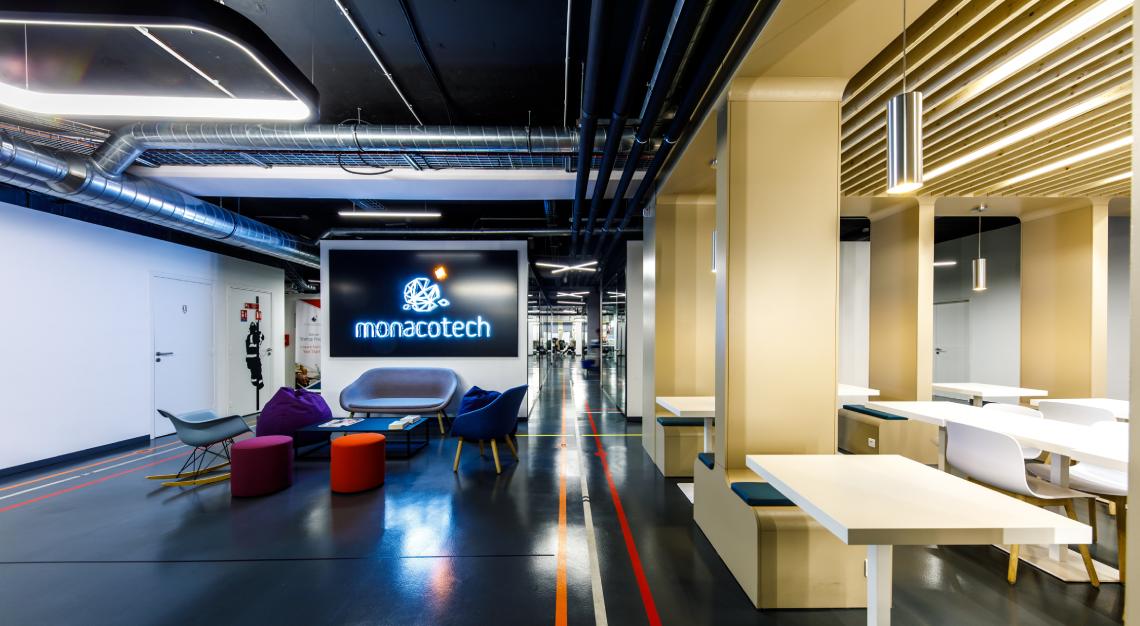
Meanwhile, start-up incubator MonacoTech was co-founded by the principality, Monaco Telecom and Xavier Niel in 2017 to propel innovative projects in the fields of biology and medicine, the yachting industry, sustainable tech and the green economy. According to MonacoTech director Lionel Galfré, these three sectors were chosen because all have been “centres of excellence” in Monaco, and also because of their relevance to Monaco’s interests.
The incubator currently has 20 startups under its wings as well as entrepreneurs from all over the world. “One of the many challenges we face is explaining that innovation and technologies can be developed in Monaco. We’re not only the casino or Formula 1. We also have specialists working in artificial intelligence, 3D-printing in biology and medicine, developing hydrogen fuel for yachting, and so forth,” Galfré says. “But on the other hand, we have a great chance. We are a small country with a great history. We have centres of excellence. So this is a chance for us.”
“We have the agility of a small village, but we have the dynamism of a big city and we have the power of a nation,” Galfré continues. “We work closely with the government to empower our projects. You can have a specific question in the morning, and you can discuss it in the afternoon with the minister. We can create links very quickly.”


Superstars and scientific solutions
As I sit in front of the kitchen of Pavyllon Monte-Carlo, witnessing first-hand how the genius chefs and diligent kitchen crew prepare dish after Michelin-starred dish, I reflect on what I’ve seen, heard and done in Monaco the past few days. There is no doubt that a trip to Monaco would involve experiences like this—fantastic food featuring local flavours and ingredients, as devised by Yannick Alléno, in an utterly unique setting that the multiple-Michelin-starred chef describes as “fine dining without the formality”.
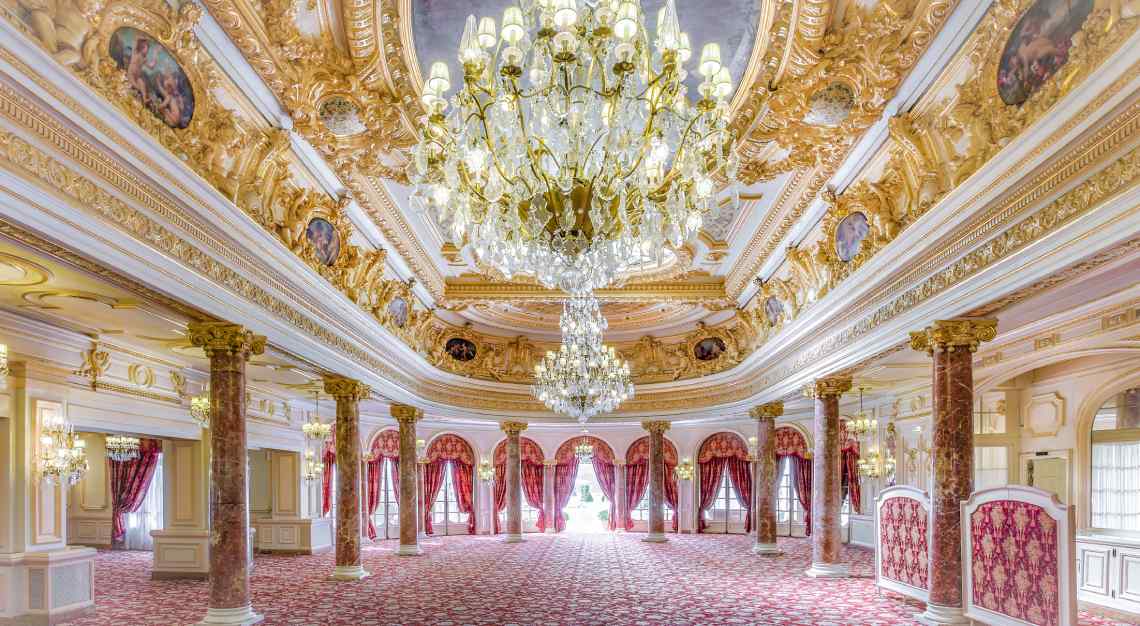
It includes a viewing and impromptu selfie shoot at Hotel Hermitage’s Salle Belle Epoque, a jaw-droppingly beautiful dining and event space. In Monaco, haute couture is everyday wear; Ferraris and Lamborghinis are daily drivers. My room at the Fairmont Monte Carlo overlooks the Hexa Grace optical art composition by Victor Vasarely; and beyond that are the azure waters of the Mediterranean. The dining area where breakfast is served becomes Nobu for dinner, which serves its Latin-Japanese dishes beloved at all Nobu outlets over the world, as well as Monte Carlo-specific exclusives. The congenial service staff and contemporarily cool ambience, combined with the heavenly omakase and the calming views of the sea, has helped me understand what Monaco really is and why it’ll always be one of the most alluring countries in the world.
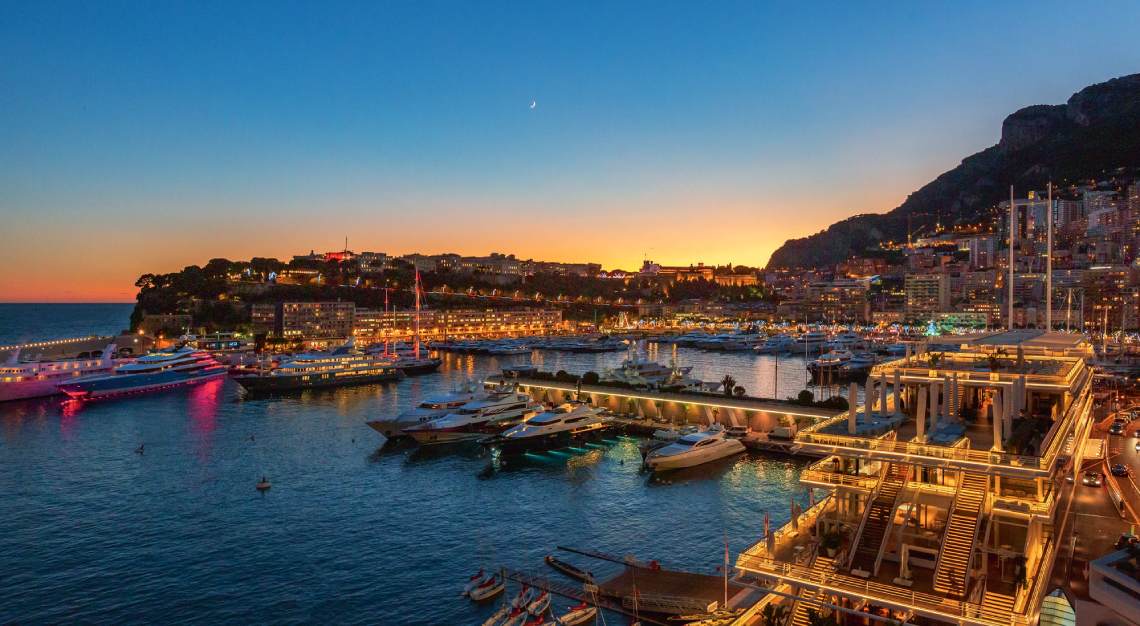
Everybody comes to Monaco for the glamour, the multisensory pleasures, and the opportunity to rub shoulders with the upper echelons of humanity. But the privileged few stay in Monaco for its comprehensive foundations set on the arts, culture and science; for its relentless desire—and potential—for growth and development in any type of industry or arena it sets its heart on; and simply because you will live your best life and be your best self in Monaco.


